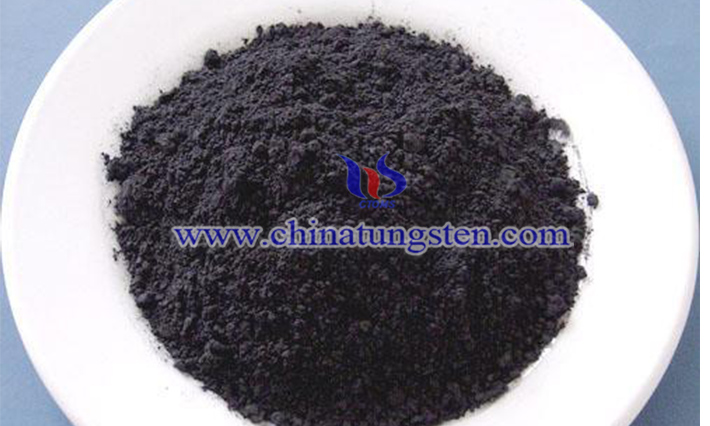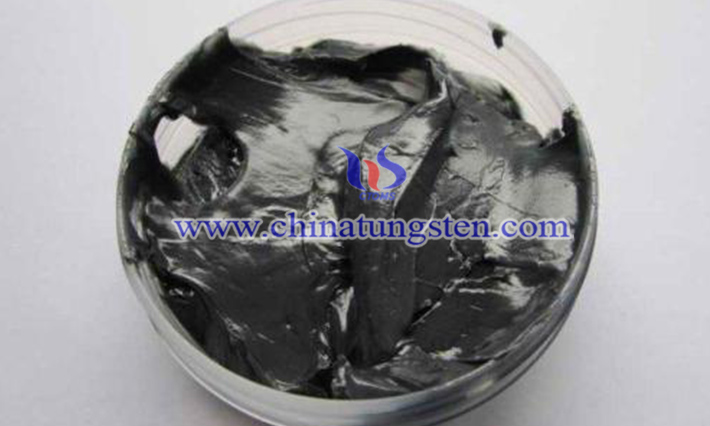Applications of Molybdenum Disulfide
- Details
- Category: Tungsten Information
- Published on Saturday, 01 May 2021 10:17
Molybdenum disulfide(MoS2) is a kind of solid powder which is made from natural molybdenum concentrate powder by chemical purification and changing its molecular structure. It is black with slight silver gray, metallic luster, slippery to the touch, and insoluble in water.

Molybdenum disulfide has many applications, the following is details:
1.0 MoS2 is an important solid lubricant, especially suitable for high temperature and high pressure. It is diamagnetic, can be used as linear photoconductor and semiconductor showing p-type or n-type conductivity, and has the functions of rectification and energy conversion. MoS2 can also be used as a catalyst for dehydrogenation of complex hydrocarbons. It is also known as the "king of high-grade solid lubricants", as the product has the advantages of good dispersion and non adhesion, it can be added to various grease to form a non-sticky colloidal state, which can increase the lubricity and extreme pressure of grease. It is also suitable for high temperature, high pressure, high speed and high load mechanical working state to prolong the service life of the equipment.

2.0 It is used as friction materials. Its main function is to reduce friction at low temperature and increase friction at high temperature. It has small loss on ignition and is easy to volatilize in friction materials.
Friction reduction: MoS2 has a friction coefficient of 0.05-0.1, which is crushed by supersonic airflow, and can be used in friction materials to reduce friction.
Friction increase: MoS2 is not conductive. When the temperature of friction material rises sharply due to friction, the molybdenum trioxide particles in the copolymer expand with the temperature, it can increase friction.
3.0 It can also be new material for producing transistors. Compared with graphene that is two-dimensional material, MoS2 has an energy band gap of 1.8eV, while graphene does not have. So MoS2 will have wide usage in the field of nano transistors.
| Molybdenum Supplier: Chinatungsten Online www.molybdenum.com.cn | Tel.: 86 592 5129696; Fax: 86 592 5129797;Email:sales@chinatungsten.com |
| Tungsten News & Prices, 3G Version: http://3g.chinatungsten.com | Molybdenum News & Molybdenum Price: http://news.molybdenum.com.cn |



 sales@chinatungsten.com
sales@chinatungsten.com